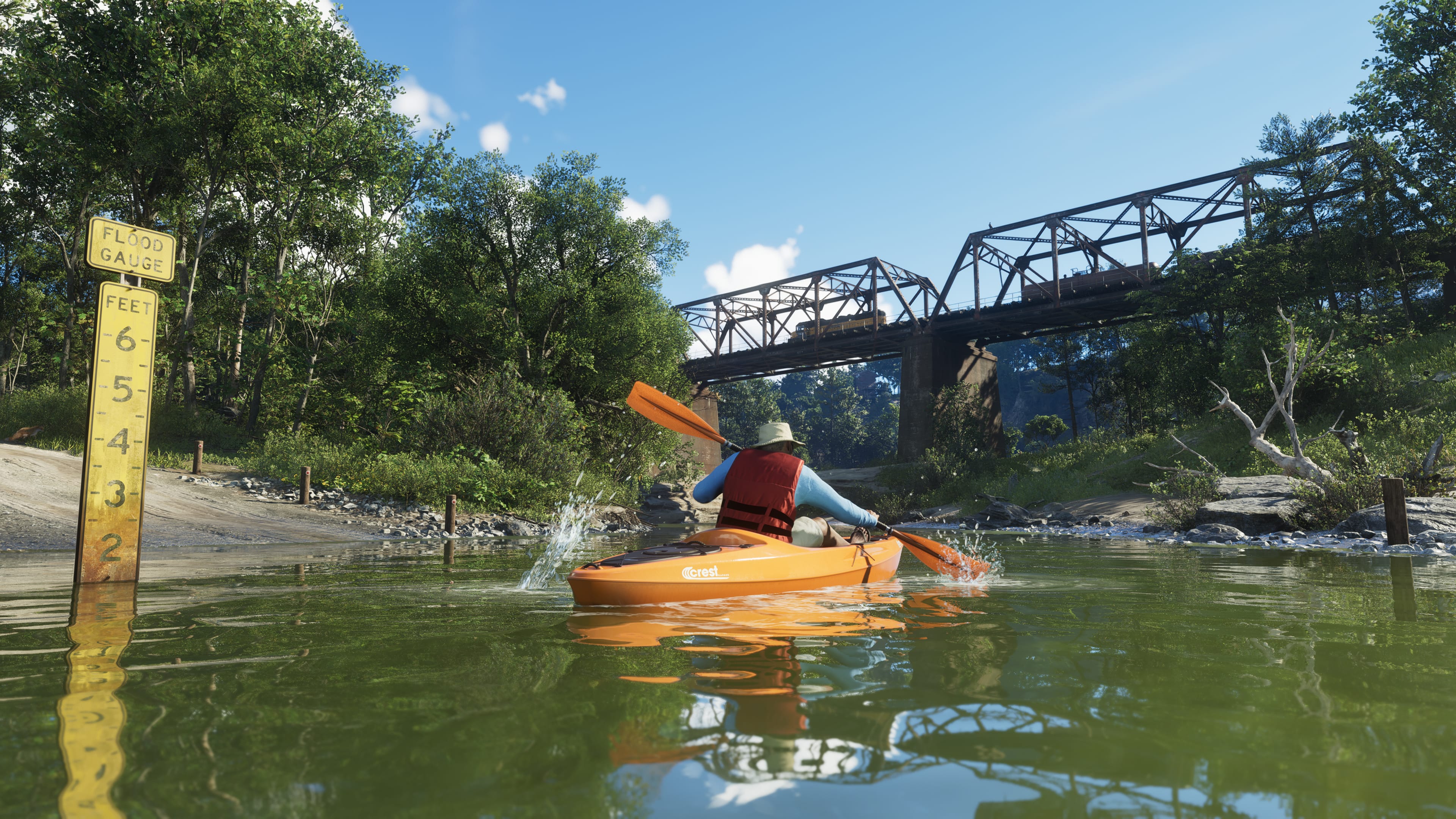Steden
Vice City
Leer meer...Vice City is een levendige kustmetropool, baadt in zonlicht en omgeven door de oceaan. Vanaf het eerste moment valt de variëteit van zijn landschappen op: drukke stranden, moderne binnenstadsgebieden, rustige woonwijken en vervallen industriële zones. De sfeer is uniek, een mengeling van palmbomen, kleurrijke graffiti en art deco-architectuur. De stad straalt overdaad uit, met zichtbare luxe die onderliggende armoede verbergt. De straten zijn gevuld met diverse voetgangers, straatverkopers, patrouillerende agenten en bendes die diep in gesprek zijn. Activiteit stopt nooit—dag of nacht, Vice City is levend, altijd in beweging en vol lagen om te verkennen.
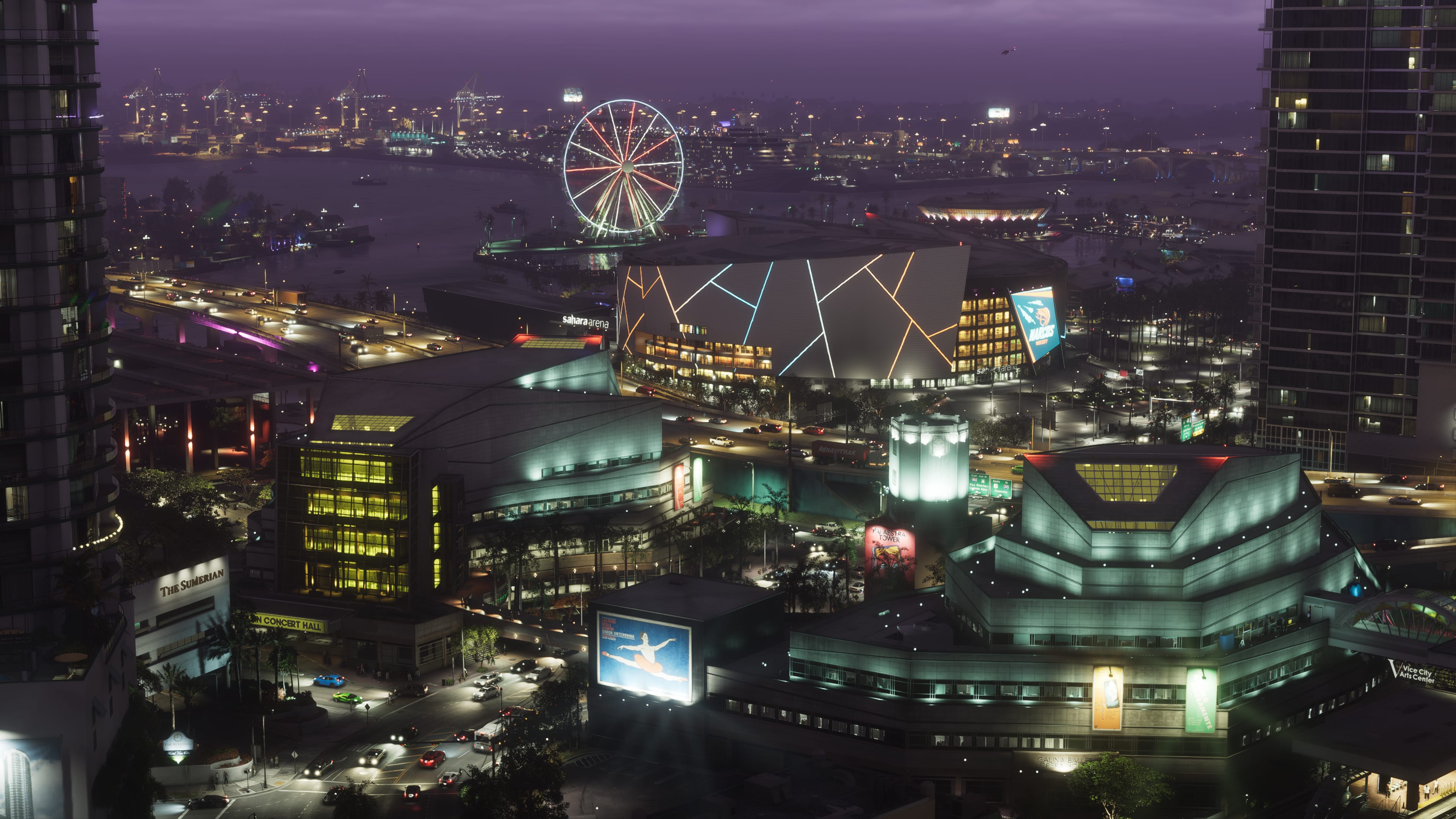
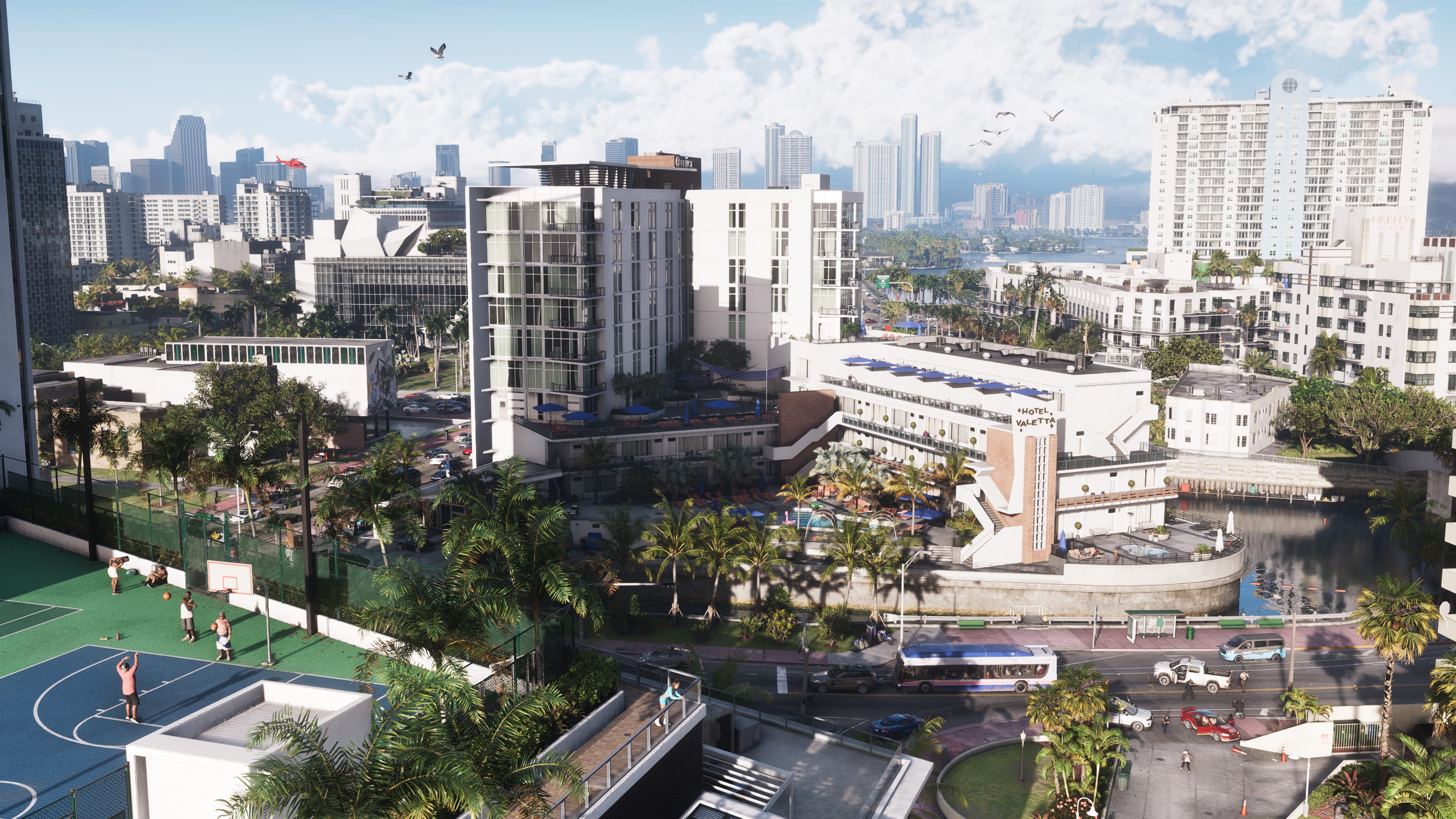
Vice City is verdeeld in verschillende wijken, elk met een eigen karakter. Langs de kust zijn toeristische gebieden vol trendy bars, nachtclubs, jetski's en opvallende villa's. Verder landinwaarts verschijnen rustigere voorsteden, soms gemarkeerd door criminaliteit of verval. Het stadscentrum maakt indruk met zijn torenhoge wolkenkrabbers, kantoorgebouwen en verhoogde wegen, terwijl moerassige buitenwijken wilde natuur bieden, vaak verstopte illegale activiteiten. Elke wijk heeft zijn eigen cultuur, muziek, voertuigen en sociale codes. Door de stad reizen voelt als het passeren van de ene wereld naar de andere, met soepele en meeslepende overgangen.
In Vice City voelt alles in beweging. Het weer verandert vaak: een brandende zon maakt snel plaats voor een tropische storm, wat de sfeer drastisch verandert. Het verkeer is zwaar tijdens de spitsuren, mensen gedragen zich anders afhankelijk van de wijk, en er zijn talloze activiteiten beschikbaar—sporten, underground gevechten, gokken, smokkel, en meer. Onverwachte gebeurtenissen doen zich voor, zoals ongevallen, overvallen of achtervolgingen door de politie. De stad evolueert in de loop van de tijd, met nieuwe constructies, renovaties en oplopende spanningen. Vice City is niet alleen een achtergrond—het is een complete, levendige wereld, vol rijkdom, verrassingen en gevaar.
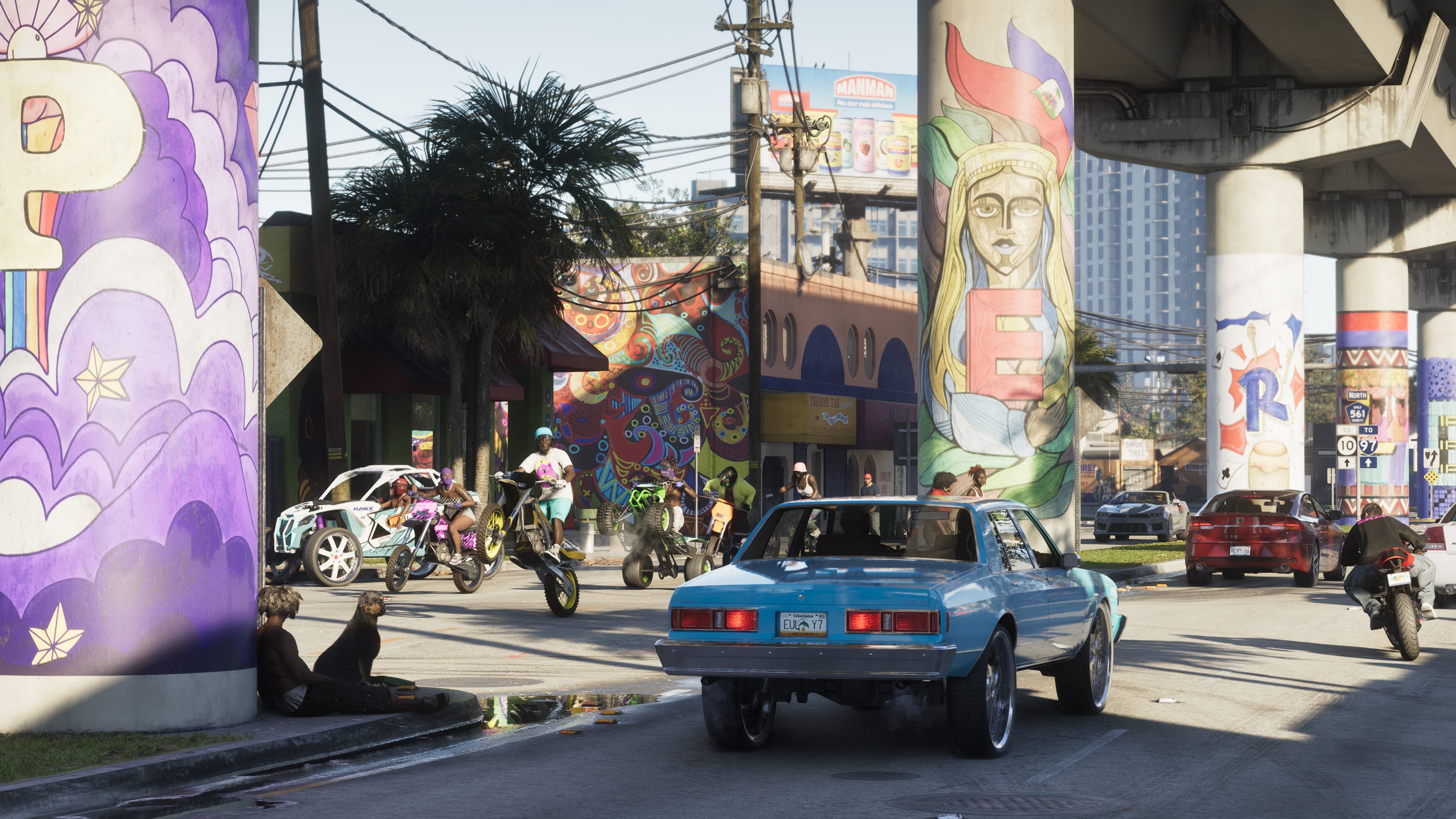
Leonida Keys
Leer meer...Gelegen in het zuidoosten van de kaart, is Leonida Keys een keten van tropische eilanden geïnspireerd door de beroemde Florida Keys. Het lijkt wel een ansichtkaart: verlaten stranden, houten dokken, rustieke hutten en kronkelige wegen die elk eiland met elkaar verbinden. Ver weg van de stedelijke chaos van Vice City biedt Leonida Keys een scherp contrast, met een meer ontspannen, bijna tijdloze sfeer. Je zult vissers, stille smokkelaars of verdwaalde toeristen tegenkomen. De weelderige vegetatie en adembenemende zonsondergangen verbergen een duistere waarheid—dit paradijs dient vaak als een hub voor dubieuze zaken. Het is de perfecte plek voor geheime ontmoetingen… of snelle ontsnappingen per boot.
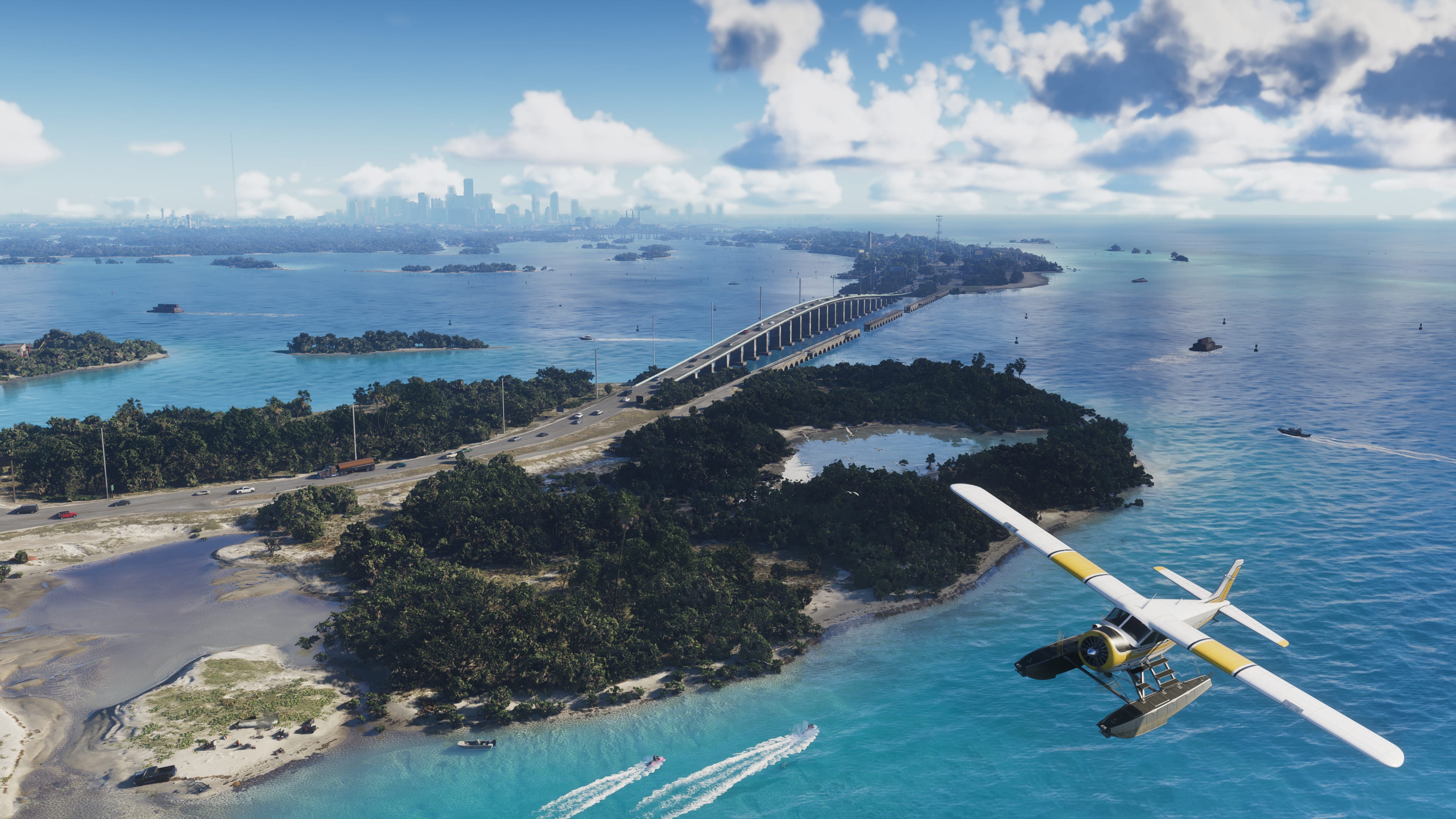
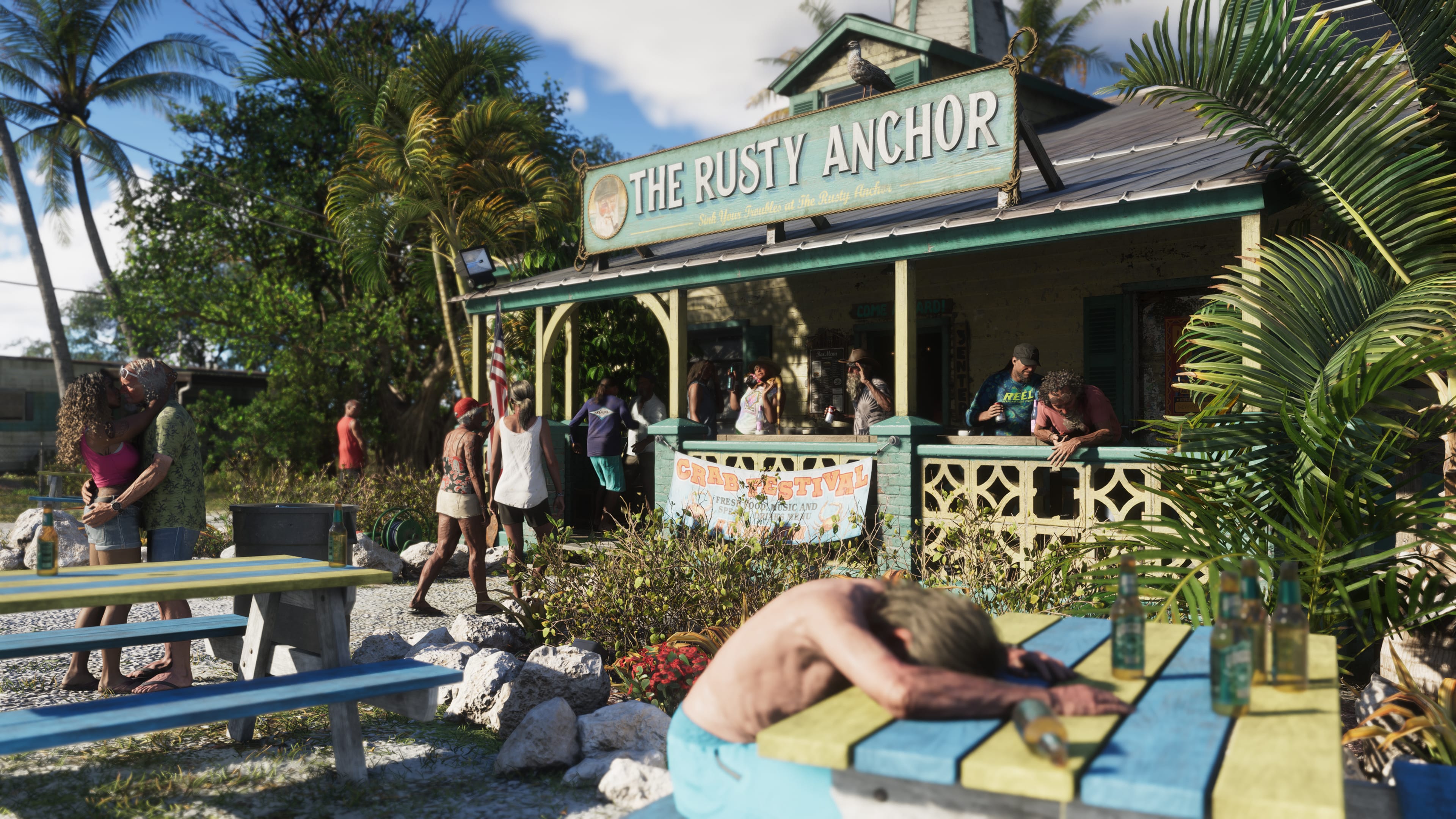
Onder zijn vredige buitenkant verbergt Leonida Keys een veel gevaarlijker kant. Sommige eilanden zijn onbewoond of semi-verlaten, gebruikt als schuilplaatsen voor gewapende groepen, geïmproviseerde drugslaboratoria, of smokkelposten. De geïsoleerde wegen en verborgen inhammen worden strategische plekken voor illegale operaties. Tropisch weer speelt ook een sleutelrol—plotselinge stormen en zware vochtigheid kunnen de navigatie bemoeilijken en plannen onvoorspelbaar maken. Tussen de kalmte van de natuur en de constante onderliggende spanning is Leonida Keys nooit echt veilig. Het is een regio om te beheersen—gevaarlijk, onvoorspelbaar, maar vol kansen voor degenen die weten hoe ze zich erdoorheen moeten bewegen.
Leonida Keys is meer dan alleen pittoreske stranden. De diepere gebieden bevatten moerassen vol alligators en exotische wilde dieren, waardoor een omgeving ontstaat die even meeslepend als vijandig is. Je vindt huizen op palen, afgelegen visbars en geïsoleerde dorpen die bijna off the grid leven. De setting is rijk aan natuurlijke geluiden, gedetailleerde omgevingen en architectuur die typisch is voor zuidelijke tropische zones. Voor spelers is het een ideale plek om te verbergen, ongemerkt te bewegen of de autoriteiten via zee te ontvluchten. Leonida Keys voegt een unieke smaak toe aan de wereld van GTA 6—deels ontsnapping, deels gevaar, en volledig meeslepend.
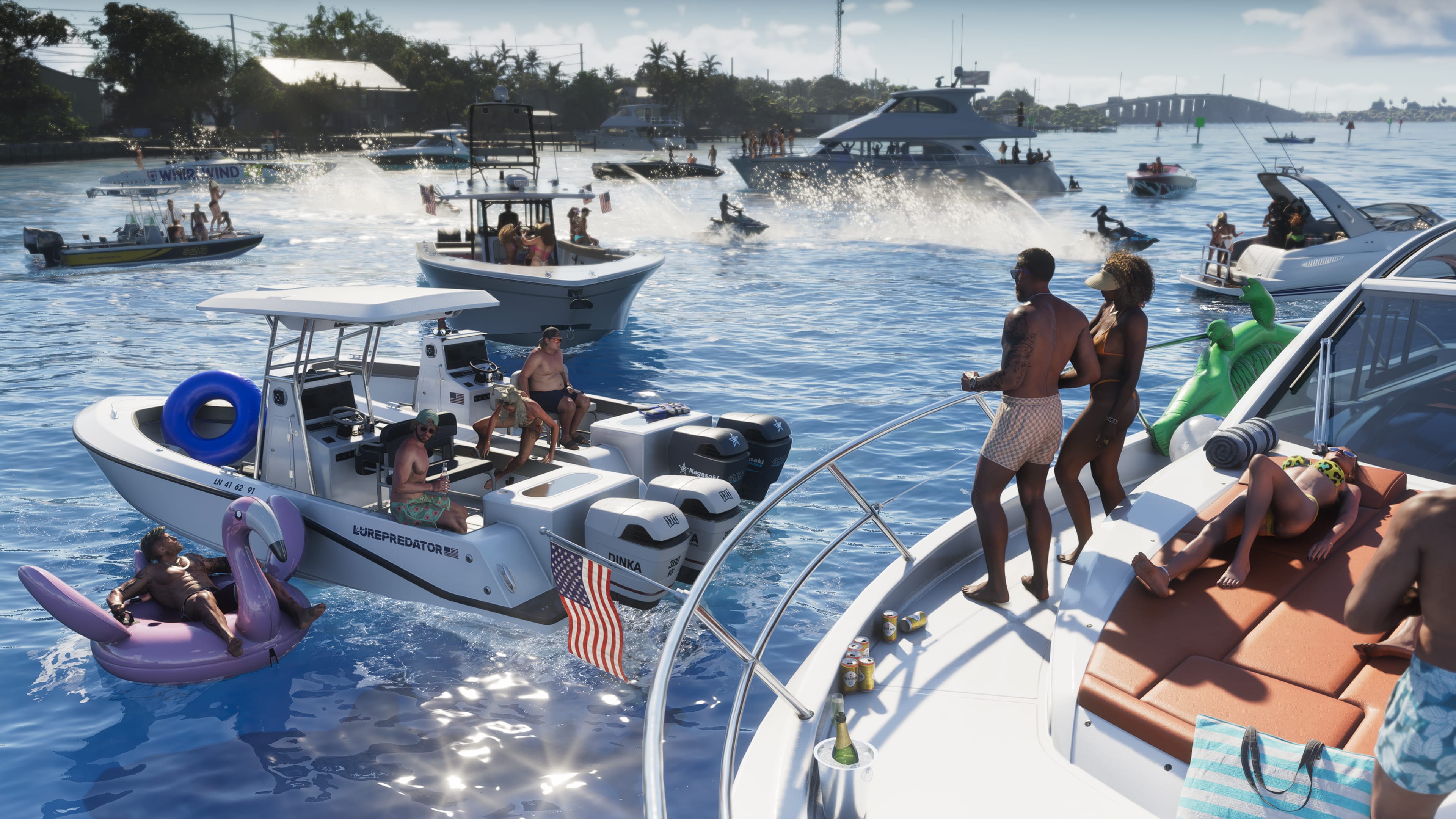
Port Gellhorn
Leer meer...Port Gellhorn is een havenstad in het noordwesten van de kaart, die een scherp contrast biedt met Vice City. Hier zijn geen paradijselijke stranden of flashy wolkenkrabbers—alleen dokken, magazijnen, torenhoge kranen en een constant industrieel gedreun. De sfeer is grijs, ruw en zwaar van arbeid, vervuiling en verval. Woonwijken zijn bescheiden, soms vervallen, met een sterke arbeidersklasse-aanwezigheid. De haven zelf is enorm en slaapt nooit, gevuld met opgestapelde containers en vrachtschepen die op elk uur komen en gaan. Het is een strategisch gebied voor zaken—zowel legaal als underground—waar elk hoekje lijkt te maken te hebben met vracht, deals of vies geld.
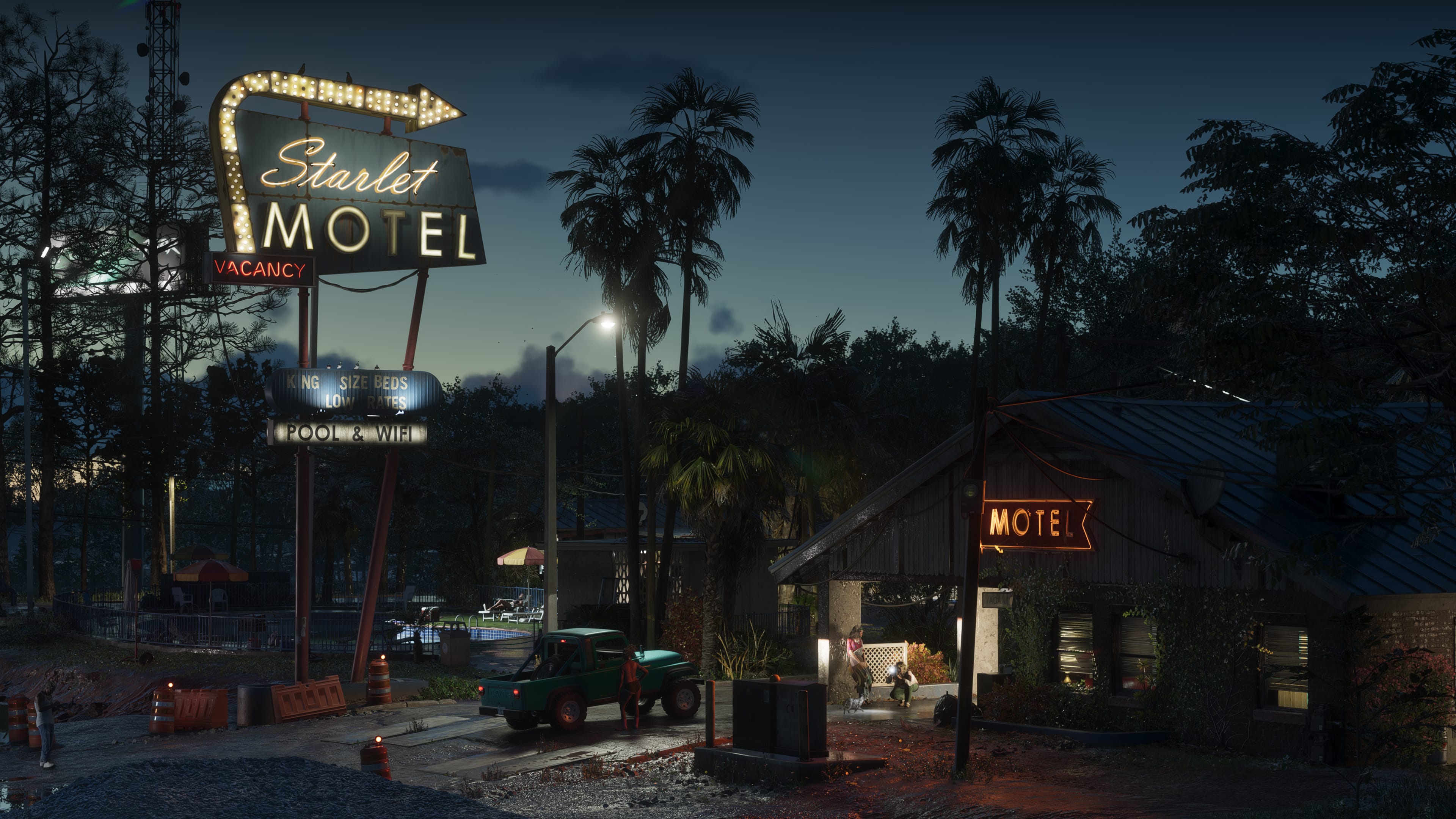

Port Gellhorn weerspiegelt de strijd van een stad in crisis: werkloosheid, criminaliteit, corruptie—maar ook veerkracht en grassroots verzet. Sommige wijken worden gedomineerd door lokale bendes, terwijl andere overleven op bijbaantjes en laagdrempelige oplichterij. Je zult vieze bars, ondergrondse garages, kraakpanden vinden, maar ook overheidskantoren en bedrijven die proberen hun imago op te poetsen. De sfeer is gespannen maar echt—elke steeg voelt alsof het geheimen, conflicten en een ruwe geschiedenis herbergt. Het stedelijke landschap is dicht, soms verstikkend, waardoor de druk die het leven hier definieert, versterkt wordt. Port Gellhorn is rauw, rusteloos en diep menselijk.
Met zijn industriële zones, verborgen achterstraten en slecht verlichte dokken, is Port Gellhorn de perfecte grond voor underground activiteiten. Het is een ideale plek om discreet leveringen te plannen, gestolen goederen te verbergen, of scheepscontainers te gebruiken als geïmproviseerde schuilplaatsen. Het constante lawaai van de haven biedt natuurlijke dekking voor illegale uitwisselingen. De politie-aanwezigheid is sporadisch—en soms medeplichtig—waardoor spelers meer vrijheid hebben om te opereren, mits ze het terrein kennen. Het is een plek voor slimme, strategische zetten, ver weg van de flashy sfeer van Vice City maar rijk aan potentieel voor degenen die bereid zijn om de donkerdere, ruigere sfeer te omarmen.
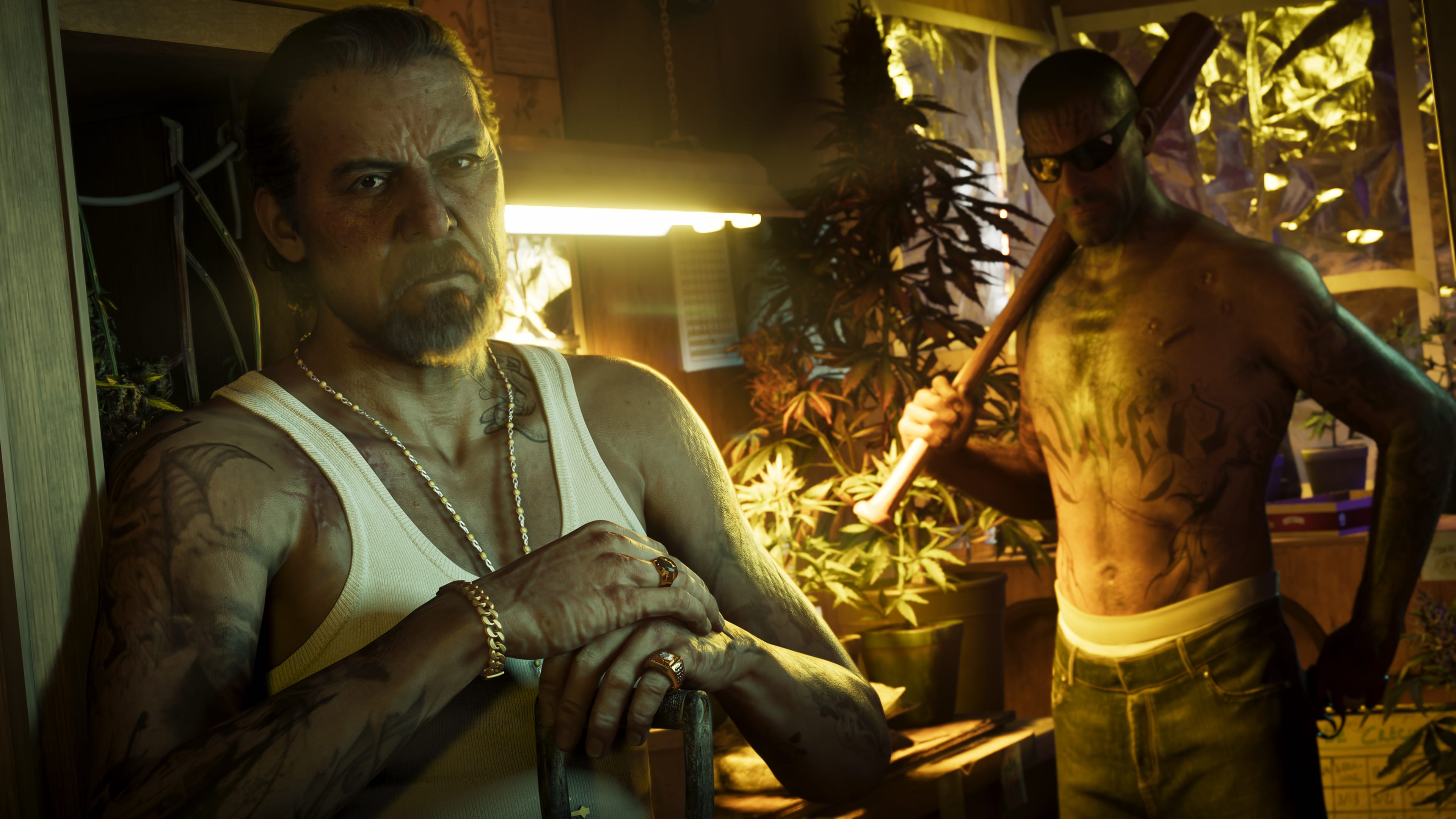
Ambrosia
Leer meer...Ambrosia is een binnenstad diep in de staat Leonida. Het is geïnspireerd door het Amerikaanse diepe zuiden, met koloniale architectuur, oude kerken, schaduwrijke stadspleinen en huizen met veranda's. De sfeer is trager, traditioneler, maar vol persoonlijkheid. Ambrosia voelt bevroren in de tijd, gemarkeerd door sterke lokale waarden, een prominente religieuze aanwezigheid en een hechte gemeenschap. Je zult county fairs, boerenmarkten en culturele festiviteiten vinden—maar ook een onderliggende spanning die verband houdt met de complexe sociale geschiedenis van de regio. Het is een stad waar vredige schijn snel kan omslaan in diepgewortelde conflicten die net onder de oppervlakte borrelen.
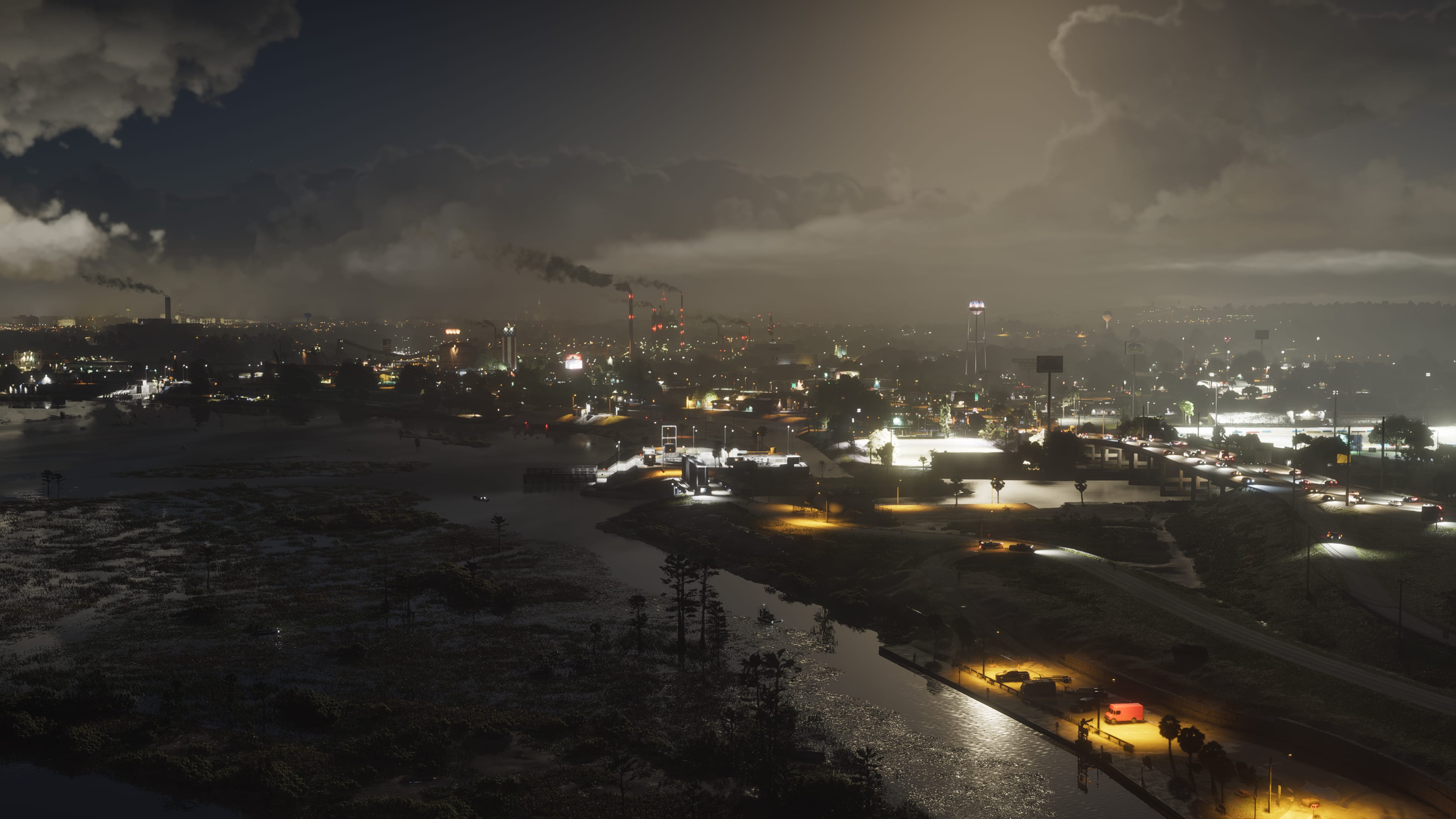
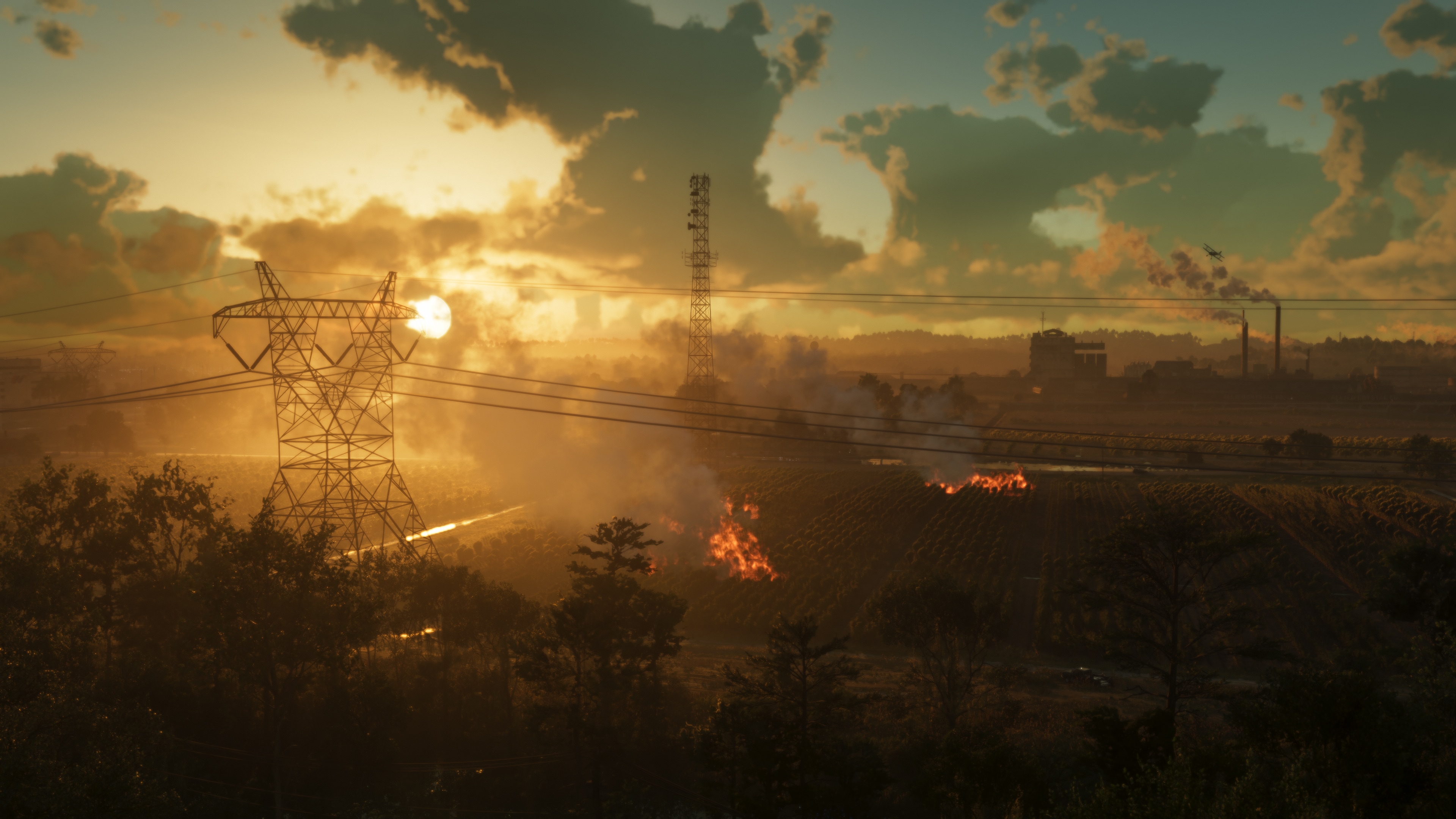
Ambrosia is omgeven door landbouwgrond—velden, silo's, stoffige wegen en rustige platteland. Het landschap is prachtig en zonovergoten, maar verbergt vaak een hardere realiteit: armoede, raciale verdeeldheid, landbouwsmokkel en machtige familieclans. Achter de vriendelijke glimlachen van de lokale bevolking liggen lang bewaarde geheimen. De stad is ideologisch verdeeld, met diepgeworteld conservatisme dat botst met een meer progressieve jongere generatie. Schijn bedriegt vaak, en gerechtigheid wordt niet altijd via officiële kanalen bediend. Ambrosia is een plaats die kalm en pittoresk aanvoelt—tot je onder de oppervlakte krabt en de donkerdere, complexere aard ontdekt.
Ondanks zijn schijnbare afgelegen status speelt Ambrosia een sleutelrol in de strategische opzet van GTA 6. Gelegen tussen belangrijke wegen en nabij industriële zones, fungeert het als een transitpunt voor veel soorten vracht—zowel legaal als illegaal. Het is een discrete plek waar deals worden gesloten, ontmoetingen worden geregeld en vetes worden beslecht ver weg van de schijnwerpers van Vice City. Garages, afgelegen motels en verborgen schuilplaatsen maken het de perfecte plek om laag te blijven. De politie-aanwezigheid is inconsistent en vaak beïnvloed door lokale belangen. Ambrosia is het soort stad dat klein lijkt—maar een centrale rol speelt in de verschuivende machtsdynamiek van Leonida.
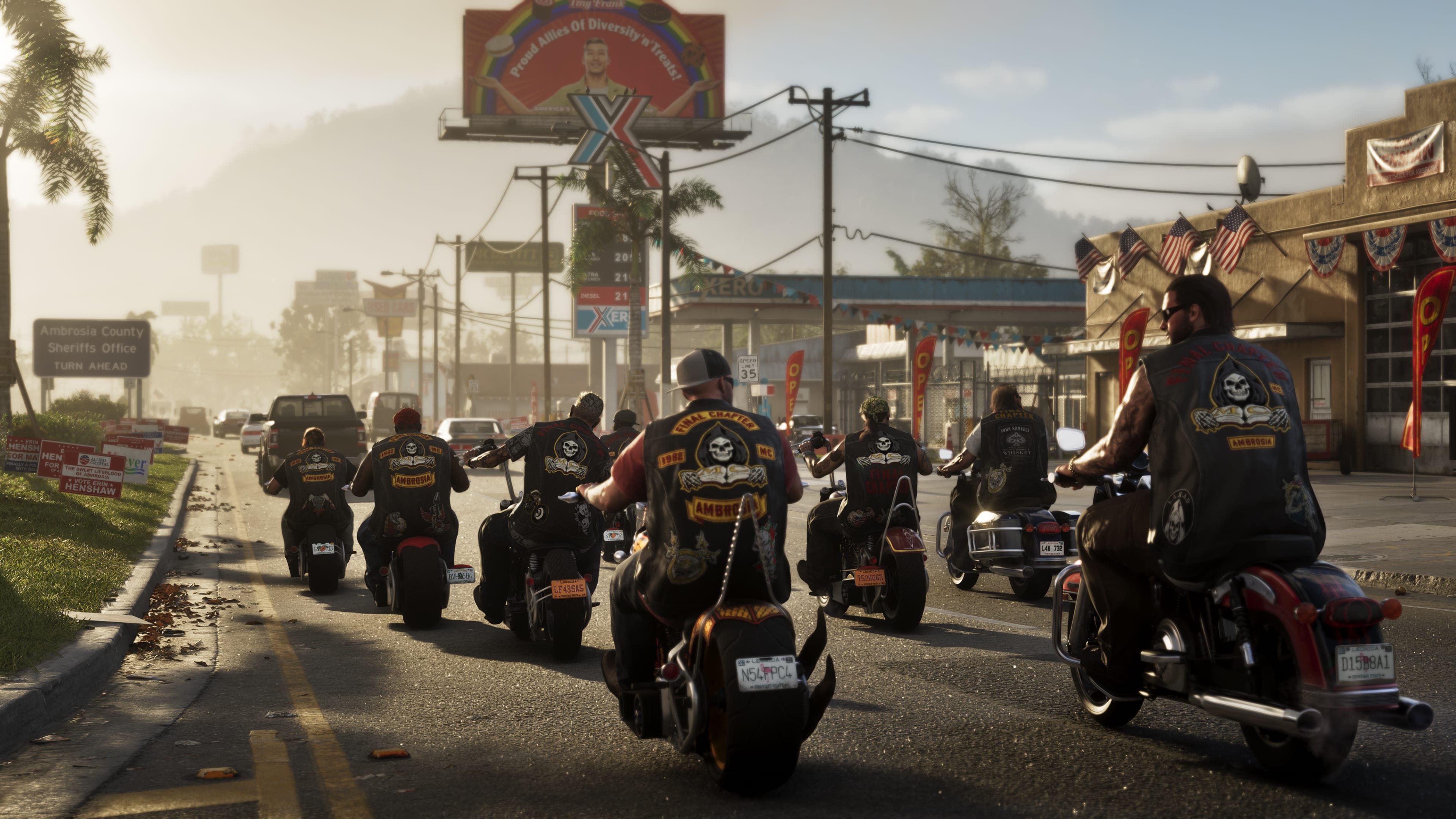
Grassrivers
Leer meer...Grassrivers is een stad in het zuiden van Leonida, diep verscholen in een moerassig, rivierachtig gebied. Omgeven door bayous, dichte bossen en kronkelende waterwegen, straalt de stad een vochtige, mysterieuze sfeer uit. Ver weg van de drukte van de grote steden, volgt het leven in Grassrivers het ritme van de natuur, met vissen, jagen en diepgewortelde lokale overtuigingen. Je vindt er houten hutten, krakende bruggen, verouderende motorboten en een hechte, maar op de hoede zijnde gemeenschap. De culturele identiteit hier is sterk, gevormd door Creoolse, Cajun en Afro-Amerikaanse invloeden. Grassrivers voelt bevroren in de tijd—doordrenkt van oude verhalen, gefluister uit het verleden en een griezelige charme die de grens tussen folklore en realiteit vervaagt.
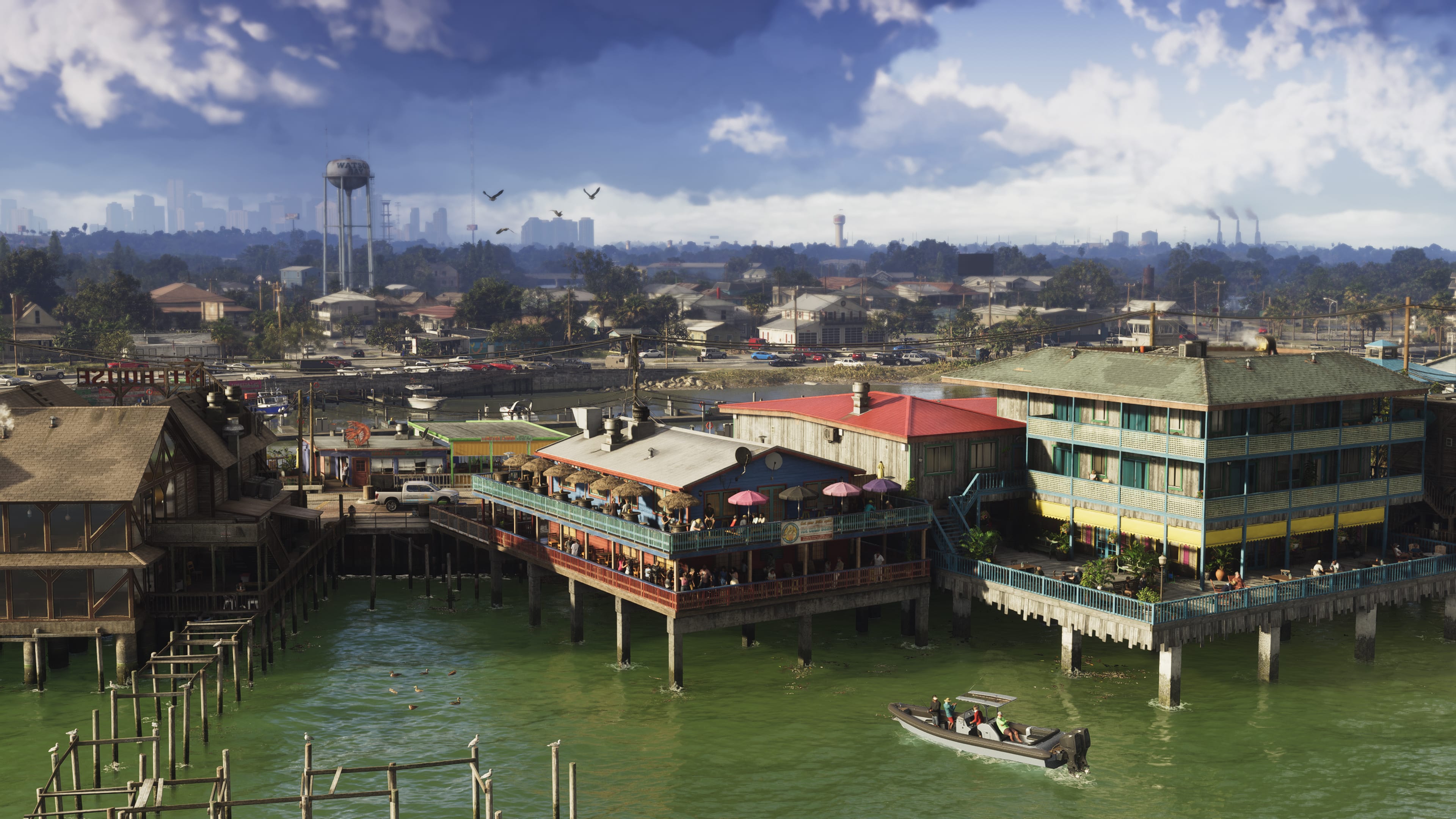
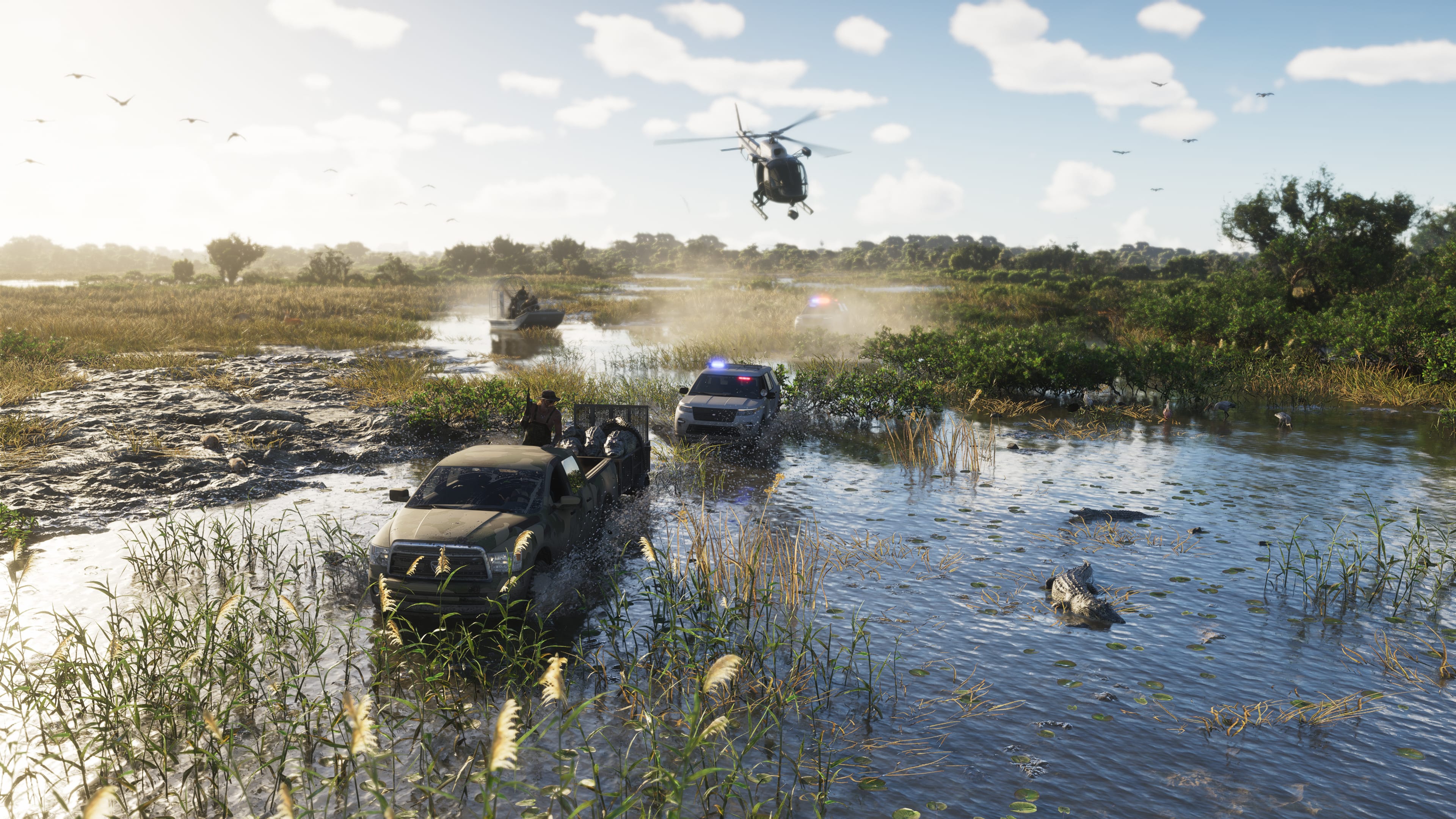
Ondanks zijn kalme uiterlijk is Grassrivers verre van vredig. De geografische isolatie maakt het een perfecte schuilplaats voor underground activiteiten: zelfgemaakte drugproductie, smokkelroutes, illegale wapens en ontvoeringen. Wetshandhaving is bijna afwezig—vaak corrupt of overweldigd. Sommige lokale bewoners leven volledig off the grid, diep in gebieden die niet bereikbaar zijn met de auto. De moerassen spelen een cruciale rol: ze zijn een doolhof waar je kunt schuilen, verdwalen of helemaal verdwijnen. Grassrivers is gevaarlijk en onvoorspelbaar, een plek waar de sterksten en sluwsten gedijen, en waar overleving vaak afhangt van het weten wanneer—en hoe—je kunt verdwijnen.
Grassrivers heeft een unieke sfeer: dikke ochtendmist, zoemende insecten 's nachts, kampvuren langs het water en vreemde rituelen verlicht door fakkels. Je zult mysterieuze figuren tegenkomen—gepensioneerde soldaten, moeras sjamanen, smokkelaars en teruggetrokken kluizenaars. De grens tussen het echte en het bovennatuurlijke is vaak vervaagd. Sommige delen van de stad lijken door de tijd vergeten, gemarkeerd door vervallen ruïnes, verlaten kerken en begraafplaatsen die half onder water staan. Voor spelers biedt Grassrivers een angstaanjagende en meeslepende omgeving, ideaal voor verkenning, hinderlagen en geheime deals ver weg van nieuwsgierige blikken. Het is een plaats waar elke schaduw een verhaal verbergt—en elke stilte voelt als een waarschuwing.
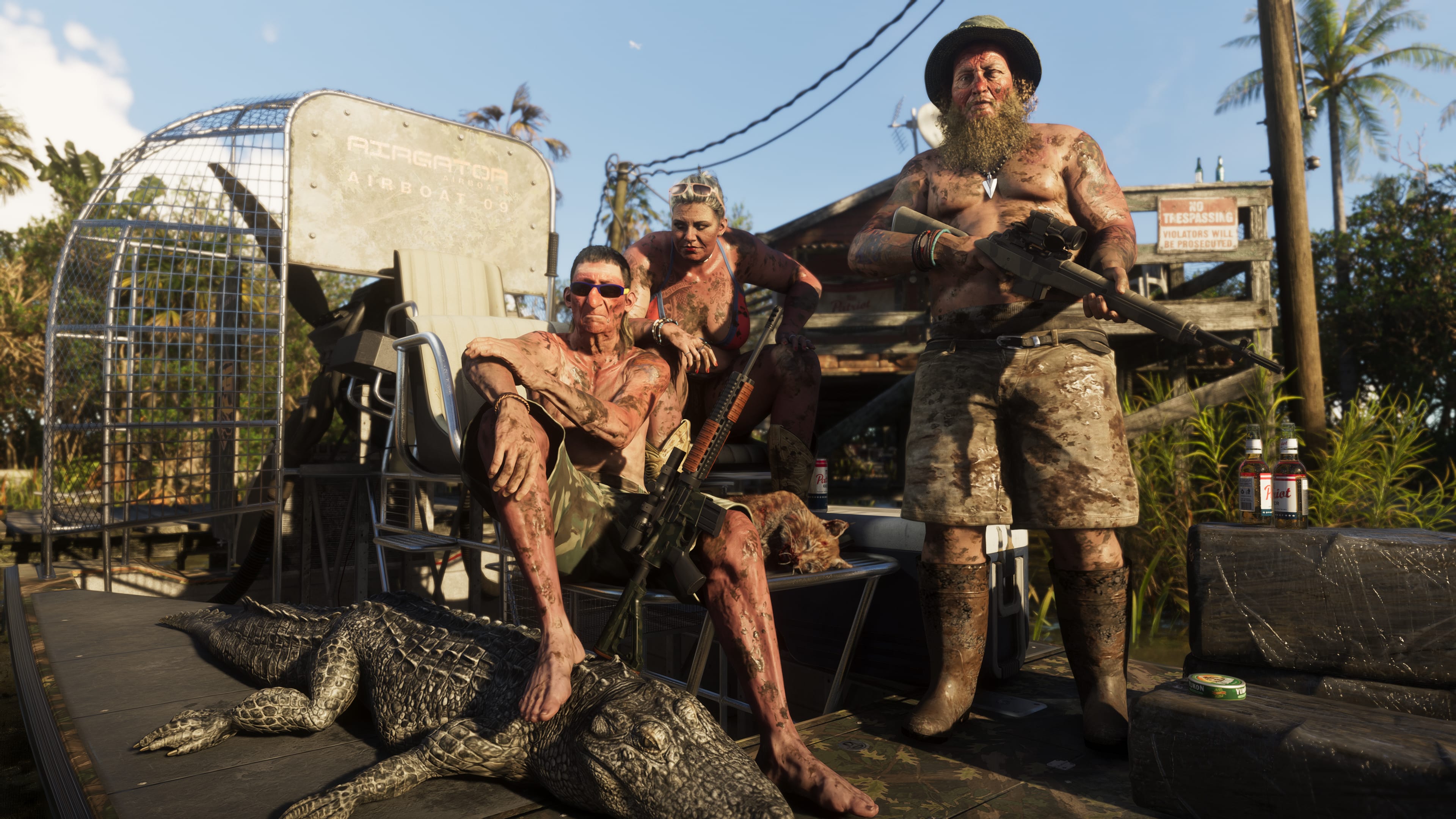
Mount Kalaga
Leer meer...Mount Kalaga rijst op uit het hart van Leonida’s binnenland met steile kliffen, dichte bossen en torenhoge toppen. Het is een ruig, moeilijk te bereiken bergachtig gebied—perfect voor degenen die willen ontsnappen aan de beschaving. De natuur hier is rauw en vaak ongenadig: stoffige paden, diepe ravijnen, watervallen en zwervend wild. Verspreid over het terrein staan geïsoleerde hutten, boerderijen en observatieposten. Mobiele service is onbetrouwbaar, de wegen zijn slecht onderhouden en hulp is ver weg. Mount Kalaga biedt een harde maar adembenemende landschap, ideaal voor het volgen van sporen, schuilen of stille operaties ver weg van het lawaai en de controle van de steden.
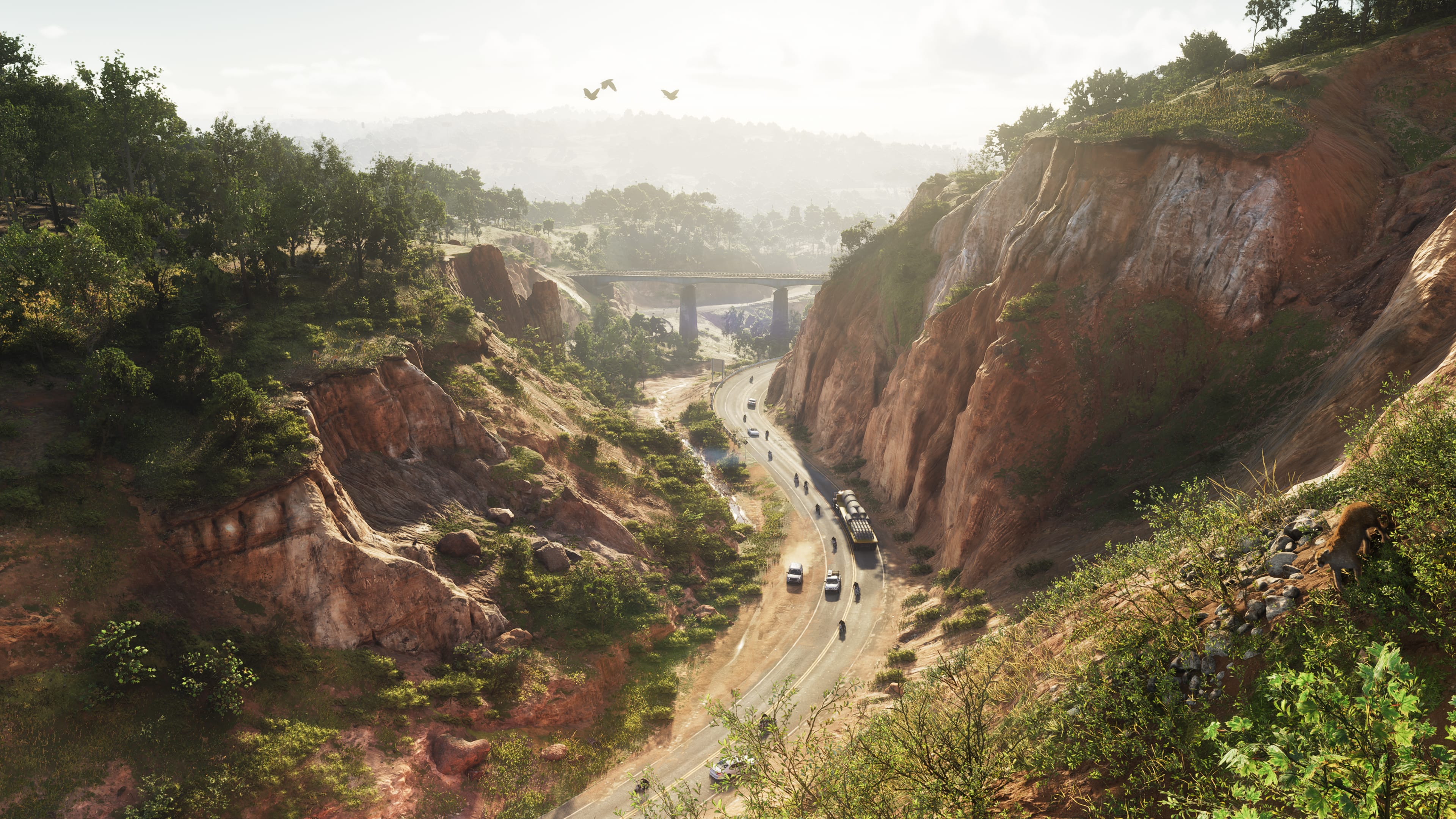

Mount Kalaga trekt een ongewone menigte aan: overlevingsdeskundigen, ex-soldaten, smokkelaars en kluizenaars die op zoek zijn naar vrede—of om te verdwijnen. Sommige gebieden zijn volledig onbewoond, dienen als natuurlijke schuilplaatsen voor voortvluchtigen of als oefenterrein voor off-grid milities. Teruggetrokken gemeenschappen wonen hier ook, gebonden door hun eigen regels en wantrouwend tegenover buitenstaanders. Grotten, tunnels en hooggelegen terrein bieden ruime dekking voor geheime operaties of verborgen voorraden. Het complexe terrein en onvoorspelbare weer dragen bij aan het gevoel van isolatie. In Mount Kalaga vervagen wet en orde vaak, en overleven hangt af van het kennen van het land en alleen op jezelf vertrouwen.
Het verkennen van Mount Kalaga voelt als het betreden van een spannende natuurthriller. Het gebied wordt gekarakteriseerd door zware stilte, huilende winden op grotere hoogtes en dikke ochtendmist. Terwijl het gebied adembenemende uitzichten biedt, is er altijd een achterblijvend gevoel van gevaar—alsof iets je in de gaten houdt. Verborgen paden, schilderachtige uitkijkpunten en verlaten ruïnes nodigen uit tot verkenning en risico. Voor spelers is het een verticale speeltuin vol tactische mogelijkheden en geheimen. Mount Kalaga staat in schril contrast met de glans van Vice City: het is rauw, wild en onvoorspelbaar. Een plek waar de natuur weer regeert—en waar alleen de goed voorbereide overleven.
